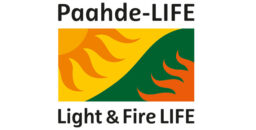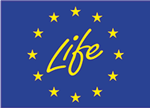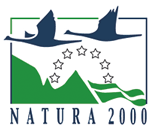Restoration of Baltic Sandy Beaches in the Light & Fire LIFE Project
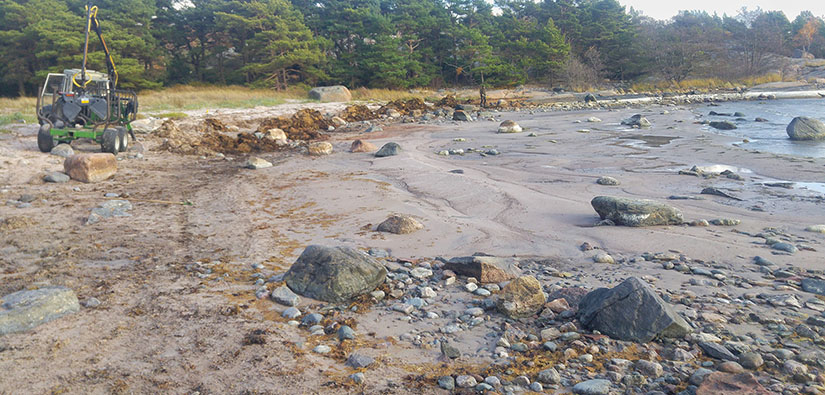
The unique, versatile natural environment and species on the sand beaches of the Baltic Sea are threatened in many locations by eutrophication and overgrowth caused by nitrogen loads. This results in bare sand being overgrown by the common reed or other tall vegetation, or almost impenetrably thick junipers or other bushes. Natural, predominantly threatened species that live on sand beaches along the shoreline and in the archipelago are suffering from spread of the rugosa rose, a harmful invasive alien species.
The project improved the conditions on the sand beaches of the Baltic Sea in five Natura 2000 sites in 2016–2020. Algae masses were removed from the beaches, while the common reed was mechanically cut over several consecutive years. Bushes were removed and the rugosa rose systematically eradicated.
In the Tulliniemi bird conservation area in Hankoniemi the overgrown sandy beaches got help by the project and volunteers in 2019 when a lot of bushes and trees were removed. Duckboards of planks were constructed to protect the vegetation on the popular swimming beach.
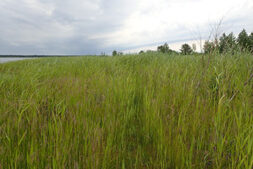
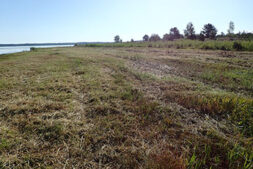
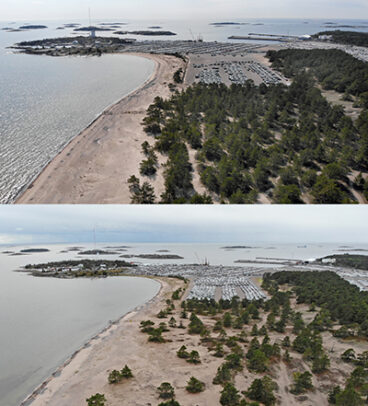
More information
Last updated 21 February 2022
